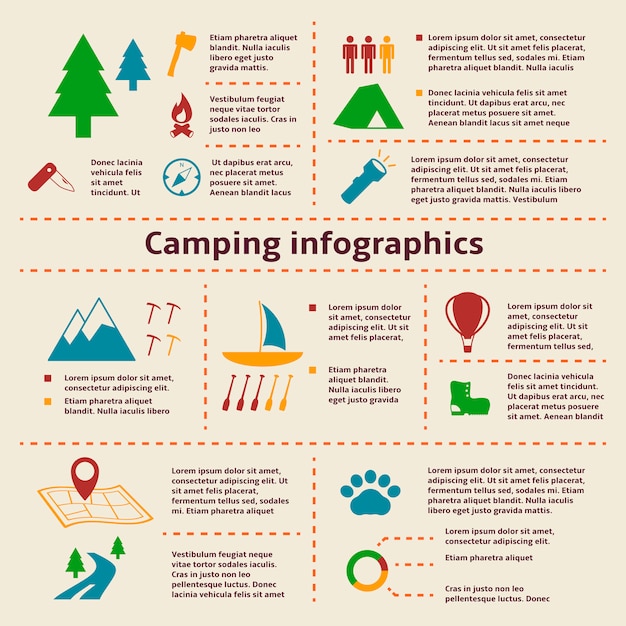Amazing Revenue Generating Tips By Selling Camping Tents
Amazing Revenue Generating Tips By Selling Camping Tents
Blog Article
Taking Photographs of the Night Sky
A range of variables can influence evening sky photography. From weather to upcoming holy occasions, you'll want to prepare in advance to make certain success.
Do you need a tarp for a tent?
The shutter speed you select determines whether celebrities look like accurate pin-points or route across the picture. An excellent rule of thumb is to restrict the direct exposure to 500 seconds, or the matching of your lens's focal size.
Location
One of one of the most important factors in an excellent photo is where you take it. Go for locations with very little light air pollution, and prevent places that have brilliant city lights and skyscrapers.
Also, look for a location that supplies foreground elements to produce make-ups with. For example, dune patterns, wind-sculpted ridges and rocky outcrops can all supply intriguing foreground elements to assist inform the tale of your night sky photo.
It is additionally helpful to research study huge occasions such as meteor showers and lunar eclipses to make the most of chances for excellent images. Using a tool such as the Digital photographer's Ephemeris can be exceptionally valuable when planning your shoots. It helps you to identify moon stages, Galaxy placement and other astronomical events. Likewise, think about capturing in RAW layout as opposed to JPEG as this gives you much more versatility when processing the pictures. This is specifically real if you intend to publish your images.
Camera Settings
Getting the best video camera setups is essential for any kind of photograph, but especially so for night sky photos. A wide-angle lens is best for capturing more of the Milky Way and reducing star trails, as well as a longer shutter speed to stop the movement of stars and reveal their details.
For a maximum degree of quality, shoot in RAW layout as opposed to JPEG, which permits you to maintain even more information and gives flexibility throughout post-processing. This can likewise include in submit dimension, so make certain you have lots of storage area and extra memory cards on hand.
Set your focus to hand-operated concentrating by turning the AF/MF turn on your lens into MF mode. You may need to take a couple of examination shots and inspect the picture playback on your video camera's LCD screen until you achieve excellent, determine hands-on focus. It's a good idea to do this throughout the day with your picked lens and the location you will be contending evening, to confirm the accuracy of your focus setup.
Lights
A good night sky picture requires the right problems. This consists of a dark sky, but additionally an intriguing foreground aspect such as a hill imminent, a lake to reflect the celebrities, or a human aspect like a barn or shed. You can even use a headlamp to brighten the foreground and include some drama or depth to your photo.
One of the most essential camera settings for night skies digital photography in tents are the aperture and shutter speed. The wider the aperture, the extra light that gets to the sensor. This allows you to record brilliant stars in a reasonably short amount of time.
The shutter rate identifies whether your stars will certainly be pin-point ideal or if they will look like star routes because of the Earth's turning. Make sure to take multiple lengthy exposure shots and pile them in post-processing for the best results. Lastly, shoot in RAW setting to provide yourself optimal latitude in post-processing.
Structure
The key to beautiful celebrity shots isn't a high-end telescope, a brand-new wide-angle lens or a high-grade Canon or Nikon camera. It's strategy, preparation and composition.
For beginners, scout your shoot area in advance to obtain a feel for the design and possible structures. Consider integrating foreground elements such as rocks, a lake or alpenglow on the landscape to include character and passion to your photos.
Bear in mind the Policy of Thirds when composing your photos. This straightforward principle aids equilibrium and combine photos. It's likewise useful for concentrating on points of interest in your image, such as rock features or the Galaxy. Also, bear in mind to plan your shoots around moon stages-- shooting at a moon can subdue stars and develop a silhouetted shape, while firing on evenings with a new moon can assist you see constellations extra clearly.
How do you go camping at glamping?
